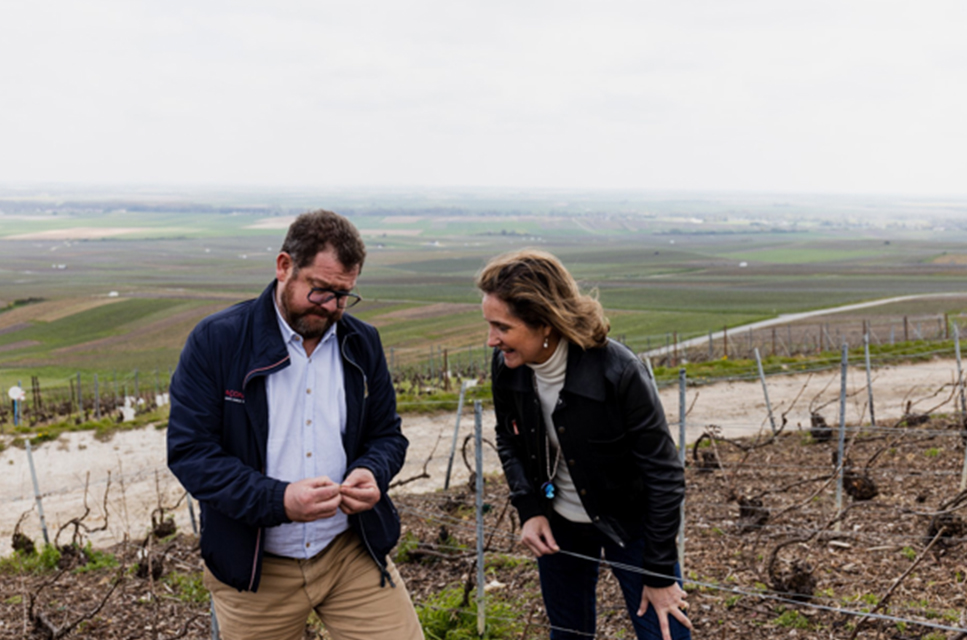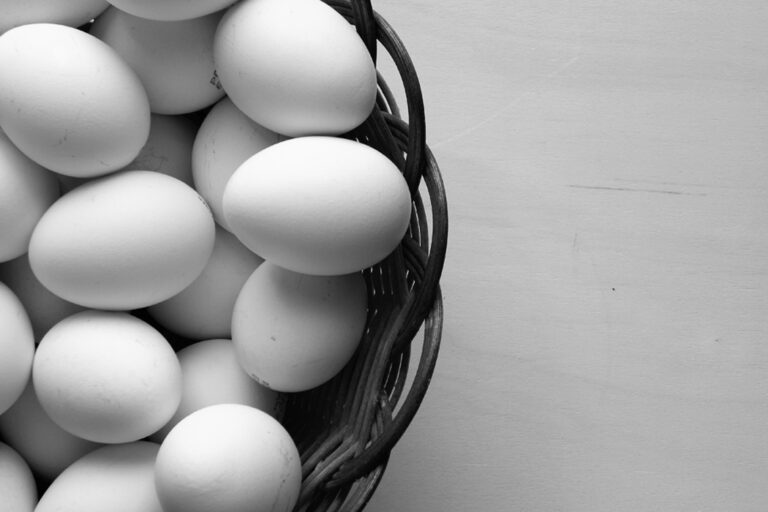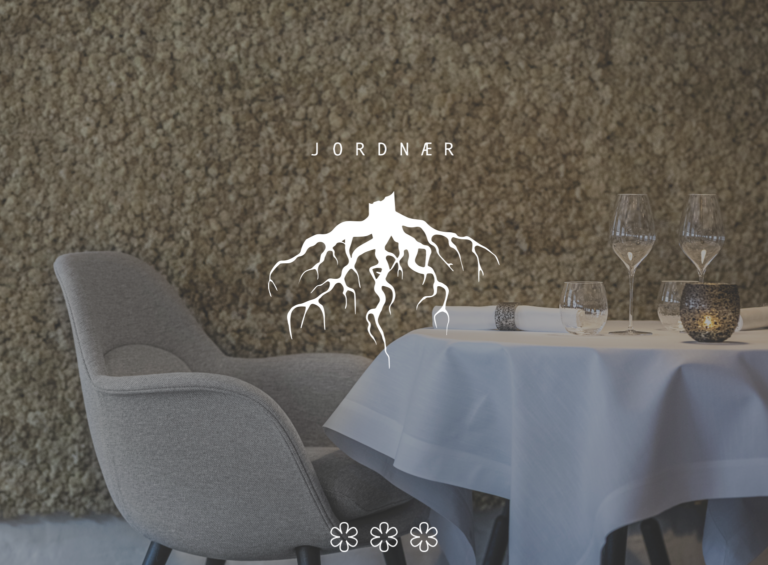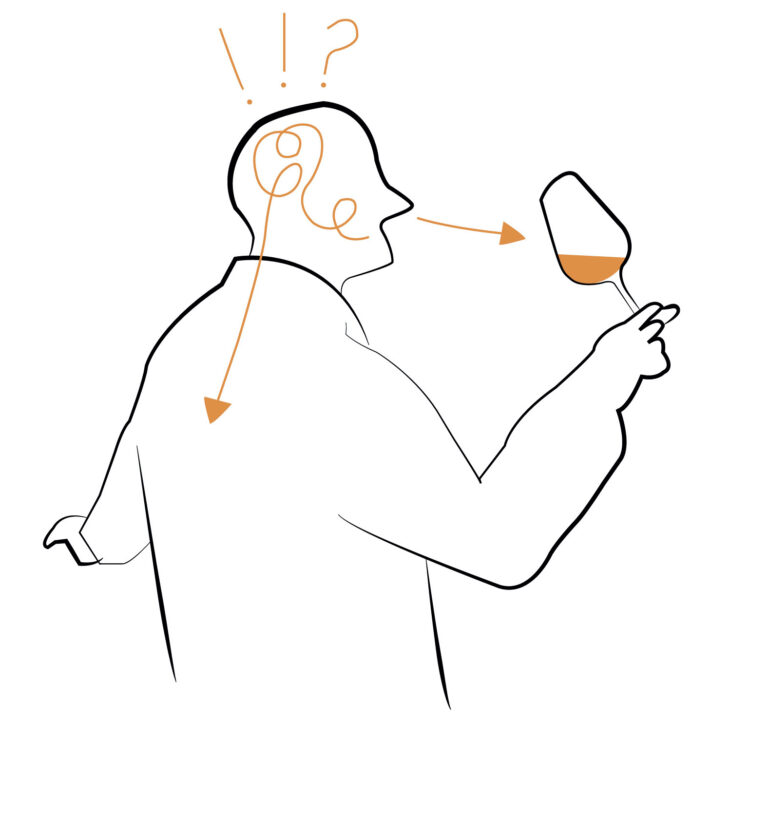Champagne Philippe Gonet has just been named ‘Wine maker of the year’ in the highly regarded French publication – Guide Hachette 2024. [read the full champagne story]
Estimated reading time: 3 minutes

When Guide Hachette announces to Chantal Gonet that a coup de cœur has just distinguished the house’s TER Blanc extra-brut, she is in London, with her importer, while her brother Pierre, the winemaker, watches over the house du Mesnil-sûr-Oger, in the heart of the Côte des Blancs. The untimely death of their father Philippe had suddenly placed them, still at the end of their studies, at the helm of the family wine legacy. Pierre, renewed the vintages, for which Chantal became an ambassador.
Since when have Gonets made champagne?
Chantal: Gonets are found throughout the Côte des Blancs, all with their own vines and all, cousins, living on good terms! We trace the history of Champagne Philippe Gonet back to 1830, the date of a Gonet’s marriage to a Vertus winemaker.
Chantal Brégon-Gonet
Later, Charles Gonet married a vintner from Mesnil-sûr-Oger. The great-grandfather poses in front of a bottle of champagne, from 1909. However, the still “natural wines” of Champagne represented the majority of production before 1945. The rise of champagne is the work of our grandfather and then our father Philippe. agronomist and teacher at the Avize wine high school before he took over the business in 1971.
During these years, the area of the vineyard increased to approximately 20 ha. At the cradle of the Côte des Blancs (7 ha: Oger, Le Mesnil, Vertus) other chardonnay lands, more sunny, were added in Montgueux in Aube (1956), in Sézannais, in the 1970s, and finally vineyards quite dedicated to Pinots, on the left bank of the Marne.
Were you thinking of expanding the vineyards?
Pierre: it was obvious. Like all children of winegrowers of our generation, we would help out in the vineyards in July. Few professions allow you to create a product from A to Z. I passed my BTS viti-oeno in Beaune. My beginning, prompted by the death of my father on April 4, 1990, was dramatic. I made my first harvest in 1993.
Chantal: I was destined for aerospace and I did my engineering degree in Paris. But after my husband, tied to the construction of the Singapore subway between 1997 and 2000, I took advantage of the DTO (diploma wine technician) that I had just finished in Dijon) and established contacts with importers.
After my husband’s death, I turned my sales to export, which seemed to me to add more value to our wines, and spent two years in Florida. The USA has become our biggest market and the house exports three quarters of its volumes. We adopted the status of négociant in 2001 to increase our offer, even if the grape purchases only represent 20% of the production, and also to have more pinots.
What have you developed & changed?
Pierre: I replaced enamel vats with thermoregulated stainless steel vats whose capacity (50 hl) enables single-plot vinification. I introduced barrels to the farms, starting in 1995. First with the Roy Soleil cuvée: a grand cru blanc de vins from Mesnil-sûr-Oger. After this very rich vintage, the house created, in two versions (Black/White), TER vintage, aged for six months in barrels. TER, for three terroirs (white: Le Mesnil, Oger and Ludes), three years, three plots and an extra broken dose of 3 g/l. Its vinification without malolactic fermentation contributes to its taut and chiseled style. Vintage vintages, such as Belemnita grand cru blanc de vins, make up just under 3% of our bottles.





